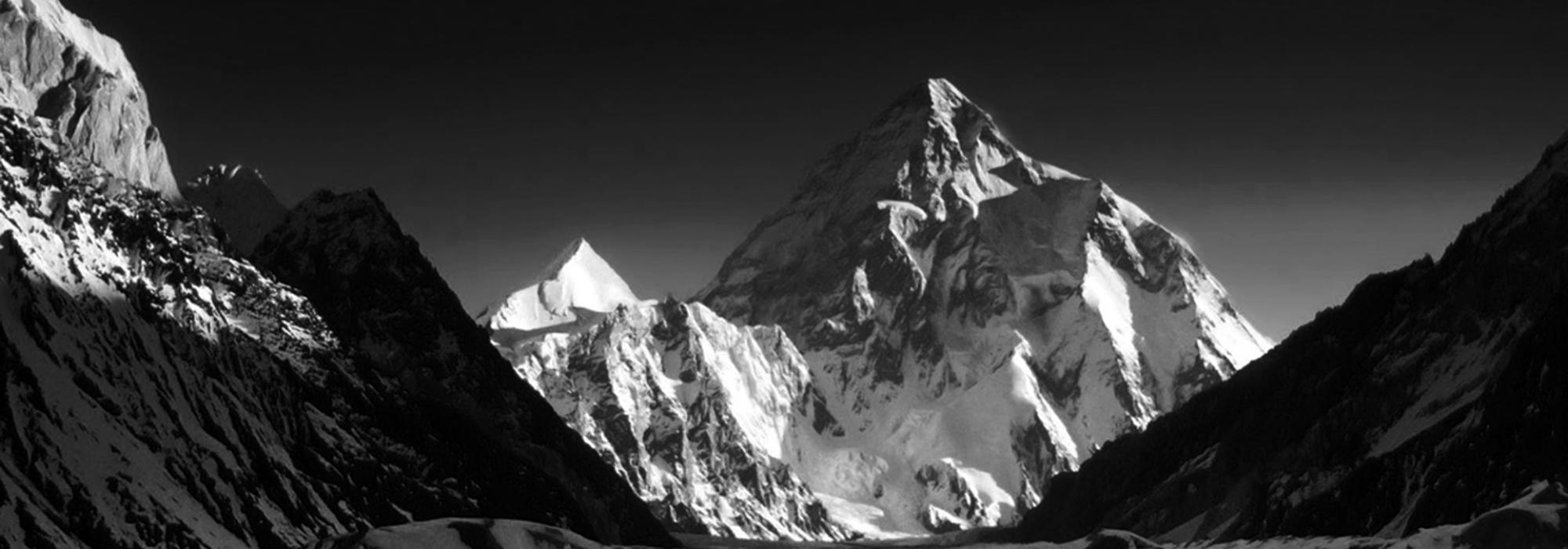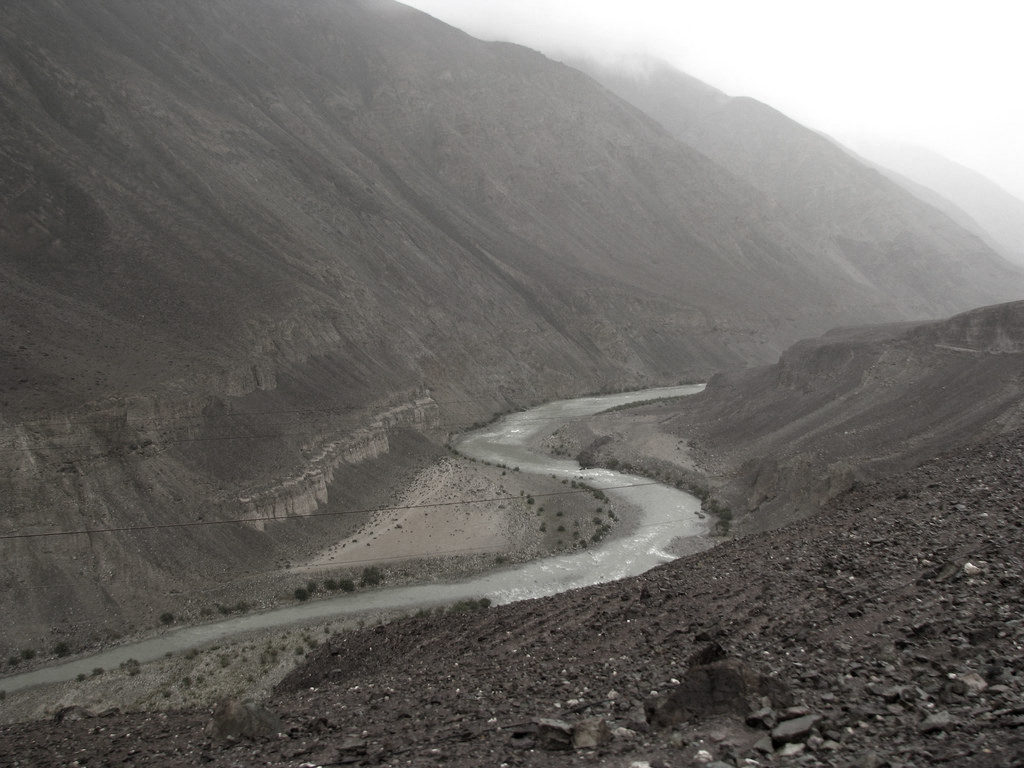The Fourfold Path of Values
We noticed that in our sound sleep none of our desires were felt or revealed by us. But starting from the dream state itself, we had the titanic play of desires and dissolution, proposals and disposals, and agreements and disagreements. Thus, desire becomes the starting point of our individuality or rather our own logically felt existence and identity. Naturally, desires drive us towards action which is essential to fulfill them. Little consideration shows that any desire is a product of insufficiency for, it is the incompleteness within us that drives us crazy to compensate for it. It is well-known in chemistry that unsaturated elements in terms of the number of electrons in their outermost orbit become chemically reactive and desperately try to become saturated through one way or the other. This is the concept of valency of atoms. Similarly, our desires, according to their valencies, trigger action. In sanatana dharma, this sequence of incompleteness leading to desire which eventually ends in activity is termed as the chain of avidya, kama, and karma. Those who do not feel any incompleteness will never get indulged in this chain. The rest are invariably bound by it.
In the above discussion, we noticed that desires lead to activity, ie, demands lead to supply as per the idioms of economics. But we all know that no demand can be completely met within the required supply for, the nature of human mind is always desire-maddened and it is not constrained by materialistic limitations in its origin. But in the case of supply, it is not so. Generally our desires try to get fulfilled in this materialistic world. Hence their existence is spatiotemporal in nature. Desire, essentially mental in origin and physical in manifestation always has an upper hand over the things which try to satisfy it because all the agencies which try to meet with the desire are constrained by the implications of matter, energy, space and time. As Gandhi rightly said, the world has enough for everyone's need but not even for a single one's greed. Therefore, there will always be an acute shortage of supply against perpetual demand. Especially in this age we are too well aware of the depletion of natural resources of all kind at one end and unlimited and ruthless world of desires eternally escalating at the other end.
Sanatana dharma termed this concept of demand and supply as 'kama' and 'artha.' Here, artha literally means a means meant for satisfying any particular desire. If the rampage of desire goes blind in quest of its satisfaction, within seconds the whole world comes to a halt. If it is not happening, it is naturally because of the willing or unwilling compromise made within and amongst us. This compromise is a natural and essentially a pertinent management truly meant for our own existence. No doubt, not all may be completely satisfied by striking at a compromise for, it is always the second best in any conducive situation. However, without such a compromise, none can exist. This understanding may differ according to the frames of space, time and psyche. But in its reality, it is one and the same.
Naturalness of demand and supply clearly means the naturalness of compromise. If it is enforced externally, it becomes rule or order. When it is realized internally, it is termed as awareness and responsibility. Sanatana dharma identified such a compromise as dharma. It is both a rule and a realization. Thus, the three basic concepts of sanatana dharma – dharma, artha, and kama, termed as 'trivarga,' are logically realized by us. Moksha or liberation from this triangular frame of demand, supply, and compromise, is possible only through the complete annihilation of one's own desires. This is treated as a separate category as it is suggested by its name itself – 'apavarga,' a separate class. We are mortals. First, we shall think of the efficient management of trivarga and then move towards apavarga, for trivarga well-executed naturally contributes a lot towards the realization of the apavarga. This we have often seen in the world itself. A well-led life without losing the just pleasures and basic values become calm and content in the phase of ripening. Thus, dharma, artha, kama, and moksha put together as 'purusharthachatushtaya' becomes the bedrock of sanatana dharma. The beauty of this concept is that it works well meaningfully at any time and place irrespective of the compartments of race, gender, nationality, religion and political identity.
Note
Just by the term 'purusha' in the word 'purushartha,' one should not mistake this to be a male chauvinistic idea. In Sanskrit, the word 'purusha' primarily means 'one's own self.' The etymology of this word itself serves as the proof – पुरि शेते इति पुरुषः (puri shete iti purushah) – that which dwells in this body, i.e., the consciousness. Artha is only a means to understand this absolute self. Again, as per the semantic etymology – पुरुषः येन अर्थ्यते इति पुरुषार्थः (purushah yena arthyate iti purusharthah) – the meaning is thus established.

















































